This blog post was written by graduate assistant Emma Fenske, a master’s student in the History Department.
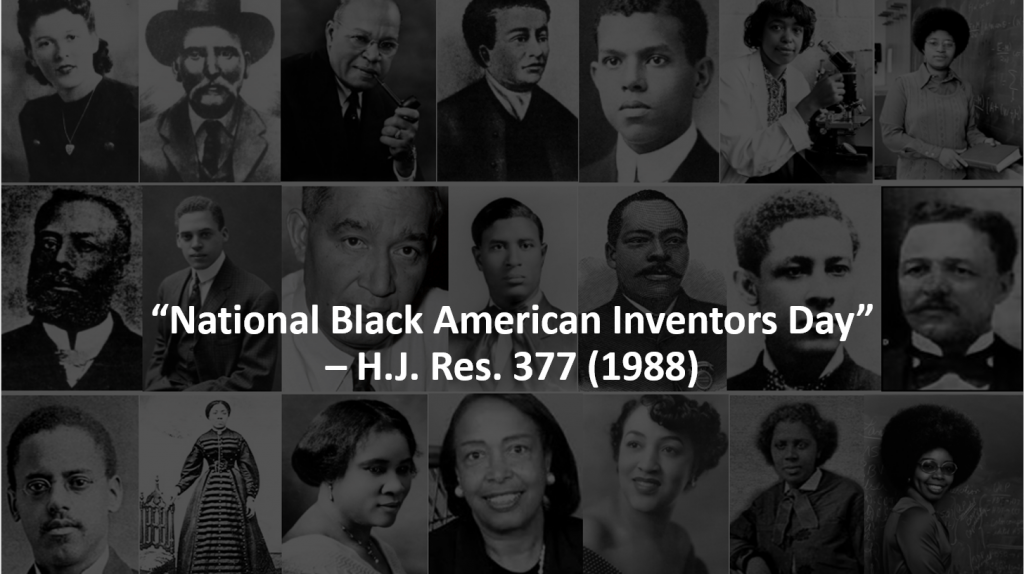
February 11th marks the birthday of Thomas Alva Edison, and in celebration of his accomplishments, has become National Inventors Day, established in 1983 by President Ronald Reagan.
Falling amid Black History Month, this date is an excellent time to celebrate Black inventors, whose incredible accomplishments have often been relegated to the footnotes of American history due to a history of enslavement and racial inequality within the United States.
But did you know that there have been multiple attempts to pass a resolution for the celebration of a National Black Inventors Day?
One such effort was “National Black American Inventors Day” (H.J. Res. 377 (1988)), a House Joint Resolution sponsored by Floyd H. Flake of New York and cosponsored by 157 other congressmen, one of whom was Marvin Leath, the Representative for Waco’s congressional district. Leath’s work on the resolution can be seen in the photo below. This resolution sought to recognize inventors like Elijah McCoy, Benjamin Banneker, Jan Ernst Matzeliger, Lewis H. Latimer, Granville Woods, Andrew Beard, Joseph H. Dickinson, Garrett A. Morgan, David N. Crosthwait, and Frederick M. Jones.
This resolution was passed by Voice Vote in the House but was referred to the Senate where it was indefinitely postponed in 1988.
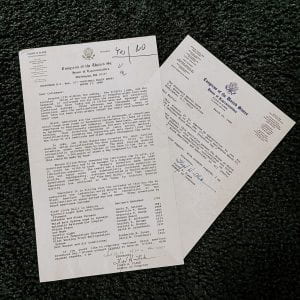
This resolution may have failed to pass for any number of reasons, a frequent occurrence in the legislative process. Some of these reasons may include the numerous controversies surrounding the basis for the date of the proposed holiday, the birthday of inventor Elijah McCoy, which is historically disputed (as either March 27th or May 2nd) [1], as well as the impact of the inventor on the phrase “The Real McCoy.” [2] Nevertheless, this resolution attempted to build on the work of recognizing the importance of Black inventors in the United States and remains beneficial in that it highlights the work of several important Black American inventors.
To celebrate the work of these inventors, let’s break down the resolution and look at the inventors identified to continue the process of bringing to light the work of these individuals.
Whereas inventions by black Americans range from items of household convenience to items of vital importance to business and industry;
Whereas these inventions include the third rail system used in subways (1982), the radiator and steam furnace (1884), the traffic light (1923), the shoe lasting machine (1883), the gas mask (1914), the electric bulb with a carbon filament (1881), the first practical refrigeration system for longhaul trucks (1839*), the synchronous multiplex railway telegraph (1887), the lunar surface ultraviolet camera/spectrograph (1972), and the first working clock made in America (1753);


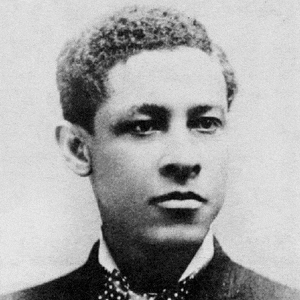
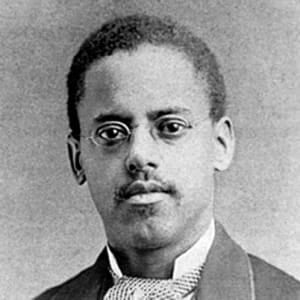


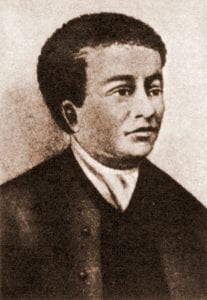
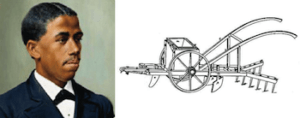
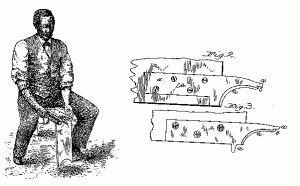
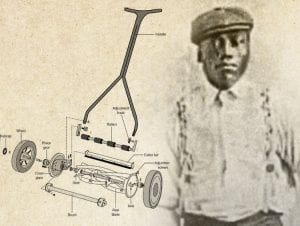
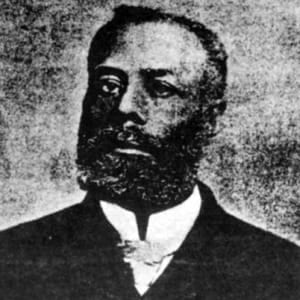
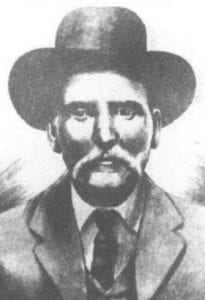
Whereas, prior to the Civil War, many black Americans did not receive credit for their inventions because slaves could not receive patents and because masters often claimed credit for the inventions of their slaves;
Whereas the number of inventions that are indeed credited to black Americans are in the thousands;
While the actual resolution did not include any black women inventors, there is space in this resolution that demonstrates many important inventors and inventions are still in the shadows. This frequently includes Black women inventors within STEM. Here are a few notable inventors [3]:


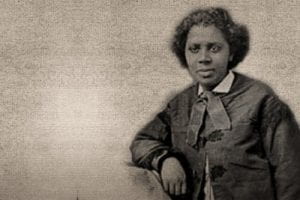
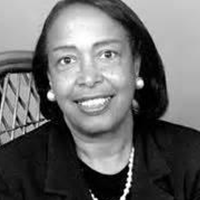

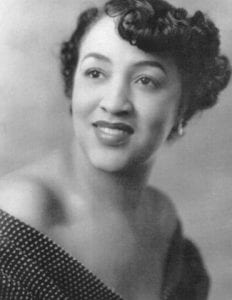
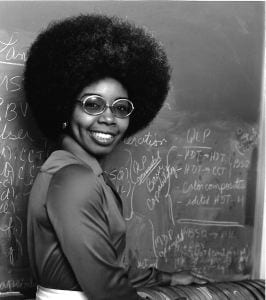
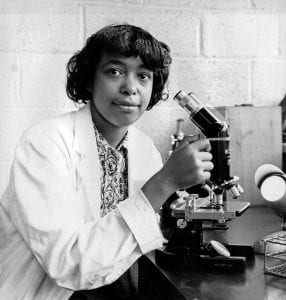

Resolved by the Senate and the House of Representatives of the United States of America in Congress assembled, that March 27, 1988, is designated as “National Black American Inventors Day” and the President is authorized and requested to issue a proclamation calling upon the people of the United States to observe the day with appropriate programs, ceremonies, and activities.
In the more recent past, another U.S. Representative from Texas sought to pass similar resolutions to establish the celebration and recognition of Black inventors within the United States. Congresswoman Eddie Bernice Johnson began this work through resolutions H.Con.Res.59 (2003-2004) and H.Res.966 (2008). Through her previous experience as the first female African American Chief Psychiatric Nurse at the V.A. Hospital in Dallas, and the first nurse elected to the United States Congress, Johnson has placed great importance on the value of STEM throughout her career [4]. Within the Poage Library collections, the Bob Bullock Lieutenant Governor papers feature correspondence between Bullock and Johnson on a science/healthcare issue. This science and healthcare emphasis is also demonstrated through her proposed resolutions highlighting the work of Black Inventors in the United States.
Johnson’s H.Res.966 proposes “Honoring the African-American inventors, past and present, for their leadership, courage, and significant contributions to our national competitiveness.” [5] This celebration of Black inventors in the United States also failed to pass in Congress. Her resolution, H.Res.966, like the one introduced by Floyd H. Flake, highlighted the work of Garret August Morgan and David Nelson Croswaith Jr., but expanded to include two more inventors:
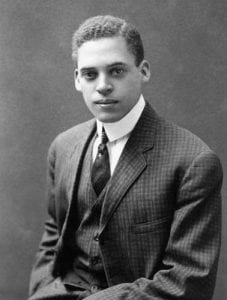

H.Con.Res.59 (2003-2004) sought to establish a special day to highlight the work of these significant Black American inventors. The text of the resolution expanded to include numerous scientists, both men and women, including, “Annie Easley, Sharon J. Barnes, Thomas L. Jennings, Dr. Benjamin S. Carson, David Blackwell, David N. Crosthwait, Elijah McCoy, Clarence A. Ellis, Phillip Emeagwali, Charles R. Drew, Sarah E. Goode, Granville T. Woods, Lewis H. Latimer, Meredith C. Gourdine, Ernest E. Just, Evelyn Boyd Granville, Norbert Rillieux, Mae C. Jemison, George Carruthers, Garret A. Morgan, J. Ernest Wilkins, Sarah Boone, and numerous other African-Americans whose great achievements evidence a vast pool of untapped intellect.” [6] This resolution centers its call to action on the positive impact that highlighting Black American inventors has on leading Black American youth towards a future in STEM careers.
Numerous congressional attempts have been made to establish a significant day to remember the work of Black American inventors that have historically been hidden in the shadows. Today, as we celebrate Inventors Day during Black History Month, let us remember the Black inventors in the United States whose groundbreaking work was often not given the merit it deserved due to a history of racial discrimination and enslavement. Let us work to actively support and promote this hidden work, like those Congress members and their efforts to invent a holiday.
Collections Referenced
Marvin Leath papers, Box 376 Folder 20
Bob Bullock Lt. Governor papers, Box 1407, Folder 8
Footnotes:
*The resolution has the date as 1839, but it should be 1939.
[1] The resolution lists McCoy’s Birthday as March 27th while most biographies cite May 2nd as his birthday:
See: “NIHF Inductee Elijah McCoy Invented the Automatic Engine Lubricator.” https://www.invent.org/inductees/elijah-mccoy.
This article references the controversy of his birthday:
Editors, Biography com. “Elijah McCoy.” Biography. https://www.biography.com/inventor/elijah-mccoy.
[2] “McCoy, Elijah | Detroit Historical Society.” https://detroithistorical.org/learn/encyclopedia-of-detroit/mccoy-elijah.
[3] List of Female Inventors adapted from this blog post: Weedston, Lindsey. “10 Black Women Innovators and the Awesome Things They Brought Us.” YES! Magazine (blog). \https://www.yesmagazine.org/health-happiness/2016/03/21/10-black-women-innovators-and-the-awesome-things-they-brought-us.
[4] Congresswoman Eddie Bernice Johnson. “Meet Eddie Bernice,” December 11, 2012. https://ebjohnson.house.gov/about/meet-eddie-bernice.
[5] House of Representatives, Congress. “H. Res. 966 (IH) – Honoring African-American inventors, past and present, for their leadership, courage, and significant contributions to our national competitiveness.”. Government. U.S. Government Publishing Office, February 6, 2008. https://www.govinfo.gov/app/details/BILLS-110hres966ih
[6] Johnson, Eddie Bernice. “Text – H.Con.Res.59 – 108th Congress (2003-2004): Recognizes the Significant Achievements and Contributions of African-American Scientists, Mathematicians, and Inventors, and Supporting the Establishment of a Special Day on Which These Great Minds May Be Honored and Esteemed.” Legislation, February 27, 2003. 2003/2004. https://www.congress.gov/bill/108th-congress/house-concurrent-resolution/59/text.
Photo Credits:
[A] Editors, Biography com. “Granville T. Woods.” Biography. https://www.biography.com/inventor/granville-t-woods.
[B] “Black Inventor Garrett Morgan Saved Countless Lives with Gas Mask and Improved Traffic Lights – Scientific American.” https://www.scientificamerican.com/article/black-inventor-garrett-morgan-saved-countless-lives-with-gas-mask-and-improved-traffic-lights/.
[C] Editors, Biography com. “Jan Matzeliger.” Biography. https://www.biography.com/inventor/jan-matzeliger.
[D] Editors, Biography com. “Lewis Howard Latimer.” Biography. https://www.biography.com/inventor/lewis-howard-latimer.
[E] “Frederick McKinley Jones.” https://www.msthalloffame.org/frederick_mckinley_jones.htm.
[F] Communications, Grainger Engineering Office of Marketing and. “George R. Carruthers.” https://grainger.illinois.edu/alumni/distinguished/9314.
[G] “Long Overlooked, Benjamin Banneker Is Recognized for Work on Cicadas and against Slavery – Scientific American.” https://www.scientificamerican.com/article/long-overlooked-benjamin-banneker-is-recognized-for-work-on-cicadas-and-against-slavery/.
[H] African American Registry. “A Black Man Receives a Patent for a Corn Planter.” https://aaregistry.org/story/black-man-files-patent-for-corn-planter/.
[I] “Combination Tools and Other Oddities.” http://www.americanartifacts.com/smma/sheller/combo.htm.
[J] “John Albert Burr / SamePassage,” August 20, 2020. https://samepassage.org/john-albert-burr/, https://samepassage.org/john-albert-burr/.
[K] Editors, Biography com. “Elijah McCoy.” Biography. https://www.biography.com/inventor/elijah-mccoy.
[L] “Inventors HOF Inductee Andrew Beard Invented the Jenny Coupler.” https://www.invent.org/inductees/andrew-j-beard.
[M] “Shirley Jackson, 1973 | MIT Black History.” https://www.blackhistory.mit.edu/archive/shirley-jackson-1973.
[N] “Alice H. Parker (1895-?),” April 1, 2018. https://www.blackpast.org/african-american-history/parker-alice-h-1895/.
[O] “Women Who Made Legal History: Sarah E. Goode.” https://www.lib.uchicago.edu/about/news/women-who-made-legal-history-sarah-e-goode/.
[P] Famous Black Inventors. “Marie Van Brittan Brown: Home Security Inventions.” https://www.black-inventor.com/marie-van-brittan-brown.
[Q] “Lyda Newman (1885- ?),” October 5, 2020. https://www.blackpast.org/african-american-history/lyda-newman-1885/.
[R] “Mary Kenner (1912-2006),” September 28, 2020. https://www.blackpast.org/african-american-history/mary-kenner-1912-2006/.
[S] Says, Lia. “Black History Month, Day 26!” She Made History (blog), February 26, 2020. http://shemadehistory.com/her-story-valerie-thomas/.
[T] Genzlinger, Neil. “Dr. Patricia Bath, 76, Who Took On Blindness and Earned a Patent, Dies.” The New York Times, June 4, 2019, sec. Obituaries. https://www.nytimes.com/2019/06/04/obituaries/dr-patricia-bath-dead.html.
[U] Editors, Biography com. “Madam C.J. Walker.” Biography. https://www.biography.com/inventor/madam-cj-walker.
[V] “Ernest Everett Just (1883-1941),” January 30, 2007. https://www.blackpast.org/african-american-history/just-ernest-everett-1883-1941/.
[W] “Archie Alphonso Alexander (1888-1958),” April 15, 2014. https://www.blackpast.org/african-american-history/alexander-archie-alphonso-1888-1958/.
Emma, I learned so much from this blog. Thanks for all your research efforts to make this so thorough. I sent the picture of Alice H. Parker to my husband who has a heating and air conditioning company.